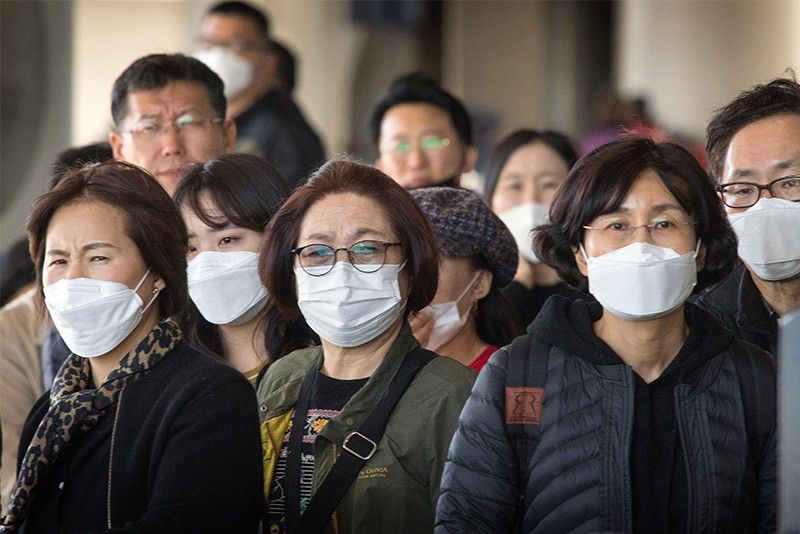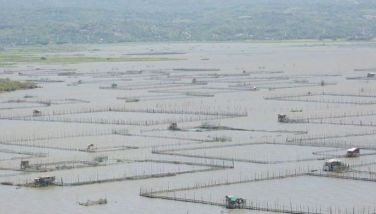WHO addresses COVID-19 stigma vs 'specific populations'

MANILA, Philippines — The World Health Organization in its latest situational report observed the rise of stigmatization and stereotyping of certain populations in reaction to the global outbreak of coronavirus disease 2019, or COVID-19.
The organization warned that unfair social treatment toward any group of people
“Stigma occurs when people negatively associate an infectious disease, such as COVID-19, with a specific population.
????????????????????????????????????????????
— Coach_en_japonais???????????????? (@Lecoachjp) February 16, 2020
????????????????
????????????????????#?????#?????#???#??? pic.twitter.com/F2bGEQ770m
“Unfortunately, this means that people are being labeled, stereotyped, separated, and/or experience loss of status and discrimination because of a potential negative affiliation with the disease.”
WHO on the last day of January declared the coronavirus outbreak as a Public Health Emergency of International
COVID-19 has since infected
WHO said that stigma can influence people avoiding discrimination to hide illness, prevent them from seeking urgent health care and discourage them from adopting healthy behaviors.
“Such barriers
The United States-based Centers for Disease Control and Prevention cited Chinese nationals and other Asian-Americans in the country who are
“Viruses cannot target people from specific populations, ethnicities, or racial backgrounds,” the CDC posted on its website.
It also encouraged governments, citizens, media, influencers, and communities to do their part in preventing and stopping stigma.
Among the recommended measures are spreading facts, engaging social influencers, amplifying the voices of locals, representation of different ethnic groups, balanced reporting, and linking up of all the said initiatives.
- Latest
- Trending





























